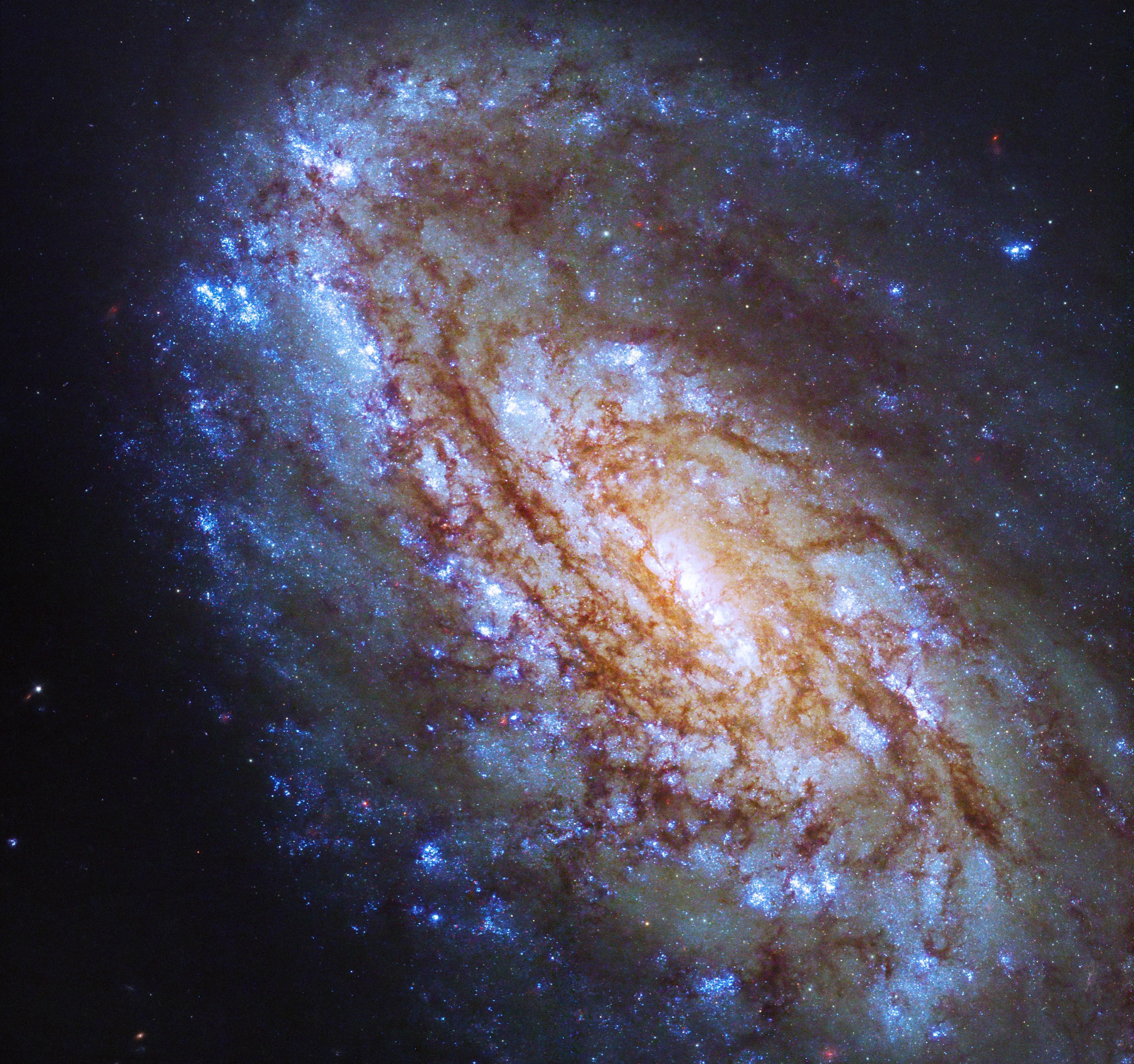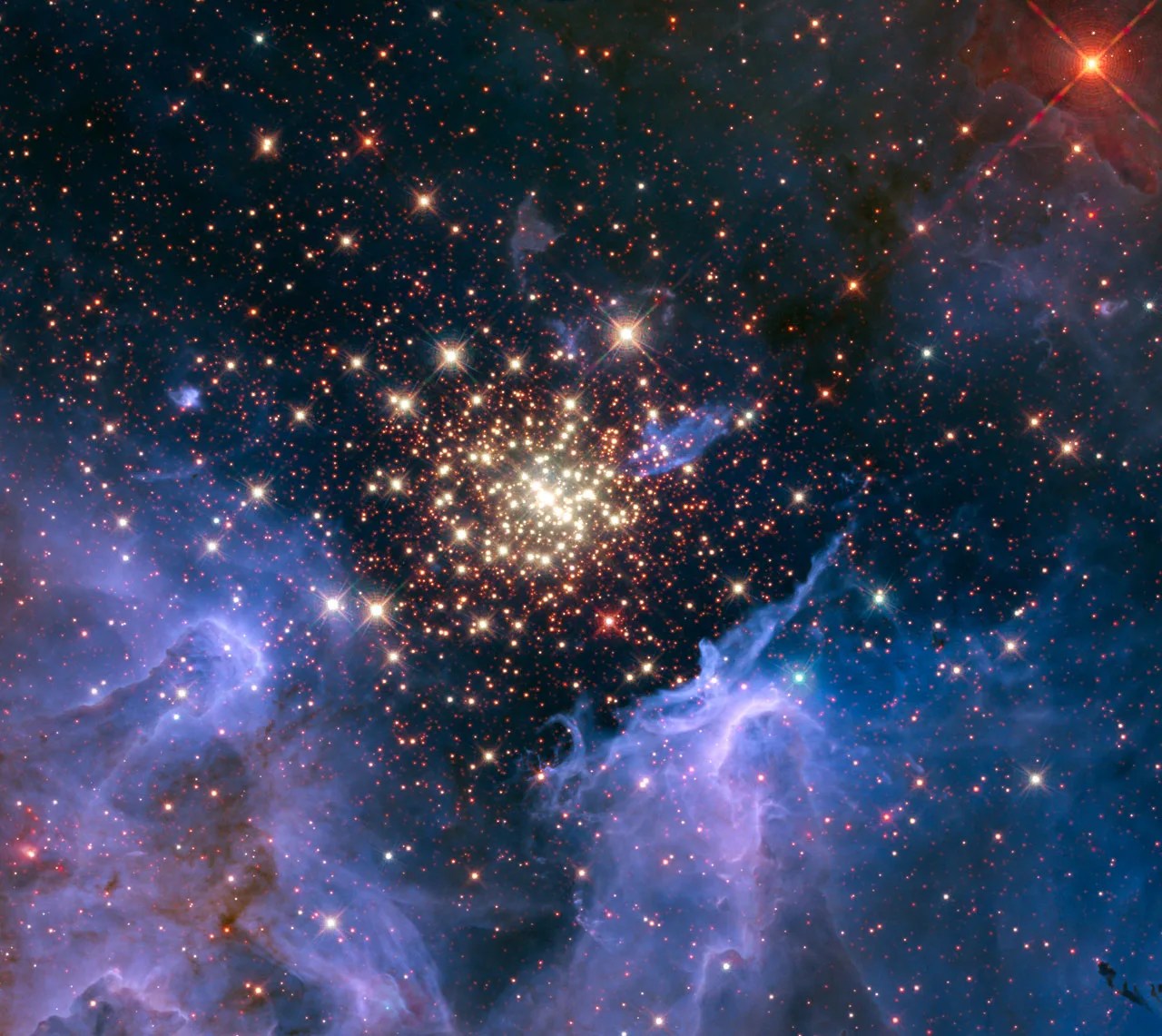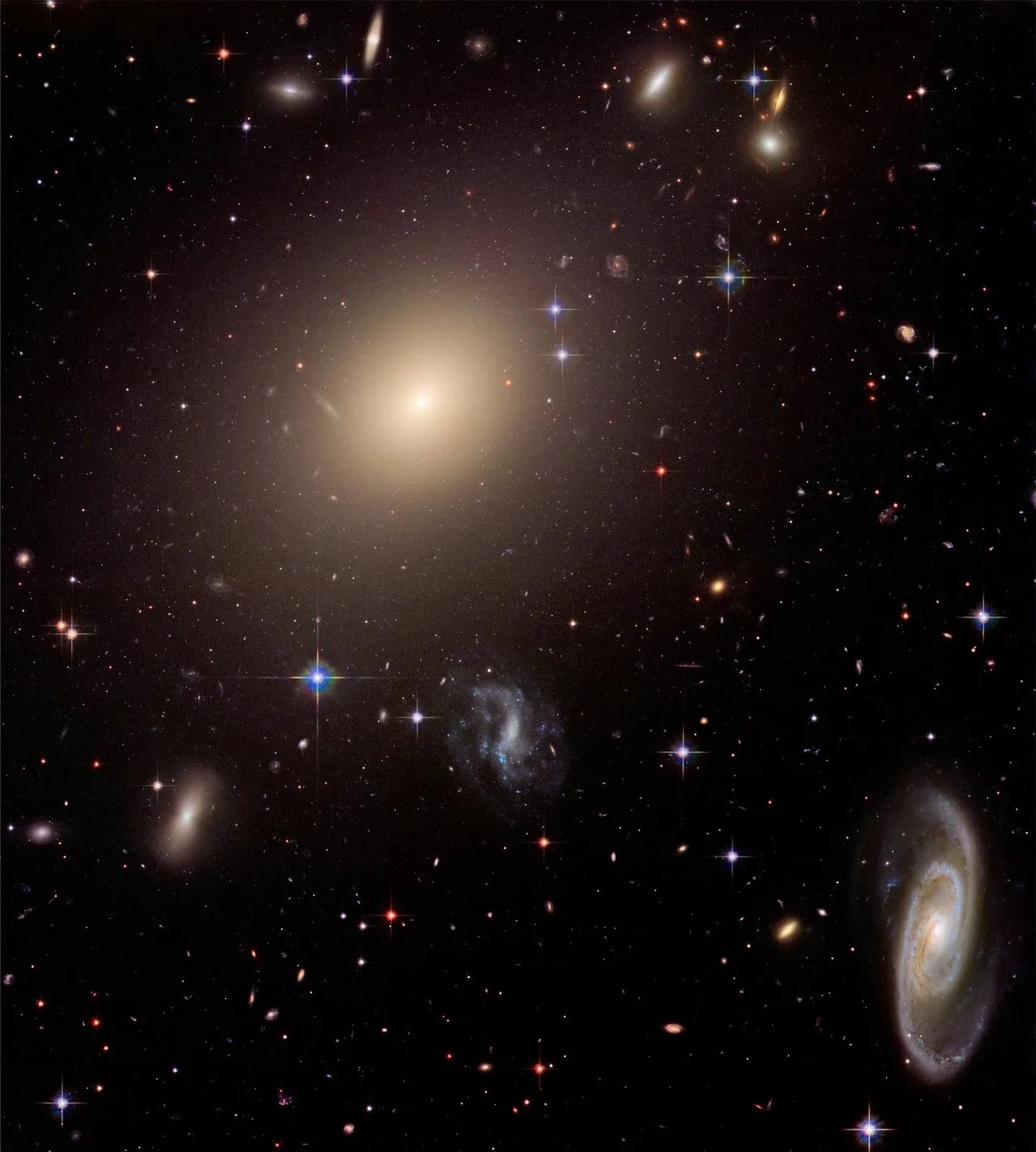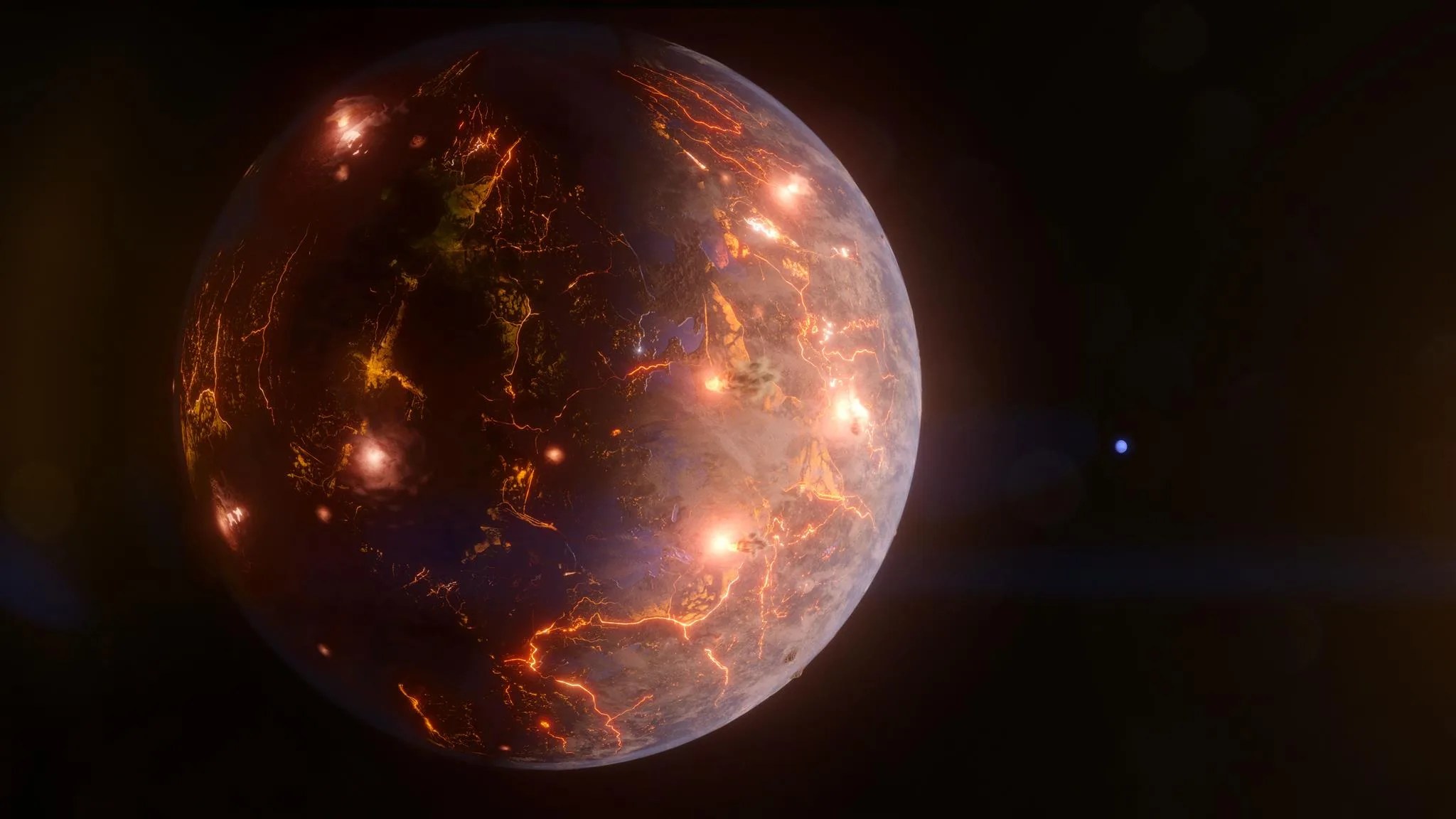2 min read

Hubble is sharing a brand new galaxy image every day through October 7, 2023!
Visit our website daily, or follow along on X, Facebook, and Instagram.
It’s easy to get swept up in the swirling starry arms of this intermediate spiral galaxy, NGC 4654, in the constellation Virgo. The galaxy has a bright center and is labeled “intermediate” because it has characteristics of both unbarred and barred spirals. NGC 4654 is just north of the celestial equator, making it visible from the northern hemisphere and most of the southern hemisphere. The galaxy is around 55 million light-years from Earth.
NGC 4654 is one of many Virgo Cluster galaxies that have an asymmetric distribution of stars and of neutral hydrogen gas. Astronomers reason that NGC 4654 may be experiencing a process called “ram pressure stripping,” where the gravitational pull of the Virgo galaxy cluster puts pressure on NGC 4654 as it moves through a superheated plasma made largely of hydrogen called the “intracluster medium.” This pressure feels like a gust of wind – think of a biker feeling wind even on a still day – that strips NGC 4654 of its gas. This process produced a long, thin tail of hydrogen gas on the galaxy’s southeastern side. Most galaxies that experienced ram pressure stripping hold very little cold gas, halting the galaxy’s ability to form new stars, since stars generate from dense gas. However, NGC 4654 has star formation rates consistent with other galaxies of its size.
NGC 4654 also had an interaction with the companion galaxy NGC 4639 about 500 million years ago. The gravity of NGC 4639 stripped NGC 4654’s gas along its edge, limiting star formation in that region and causing the asymmetrical distribution of the galaxy’s stars.
Scientists study galaxies like NGC 4654 to examine the connection between young stars and the cold gas from which they form. NASA's Hubble Space Telescope took this image in visible, ultraviolet, and infrared light.
Media Contact:
Claire Andreoli
NASA's Goddard Space Flight Center, Greenbelt, MD
claire.andreoli@nasa.gov




